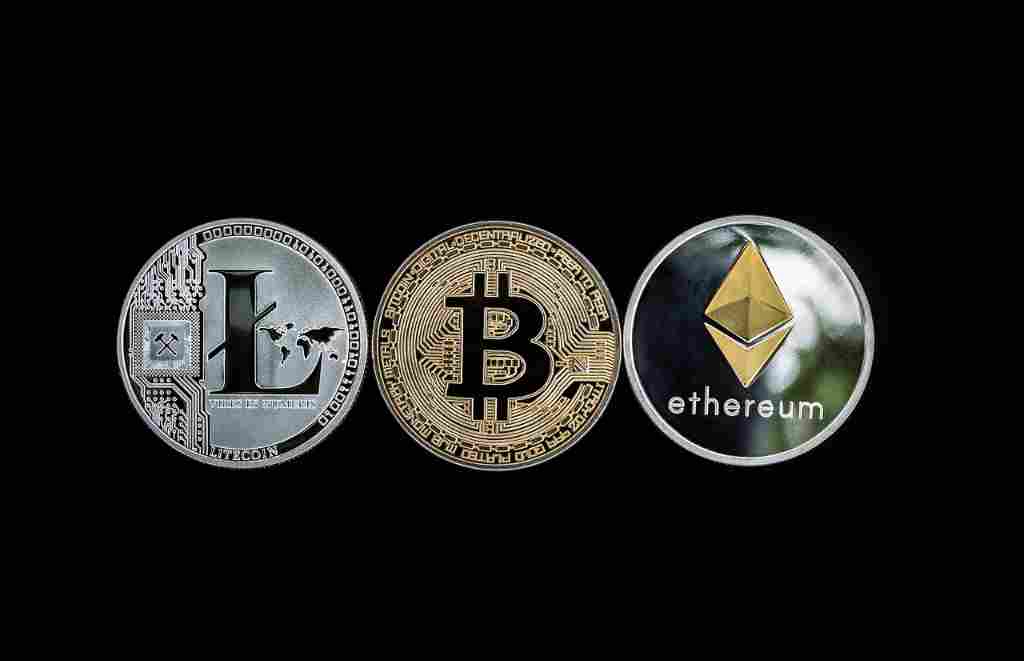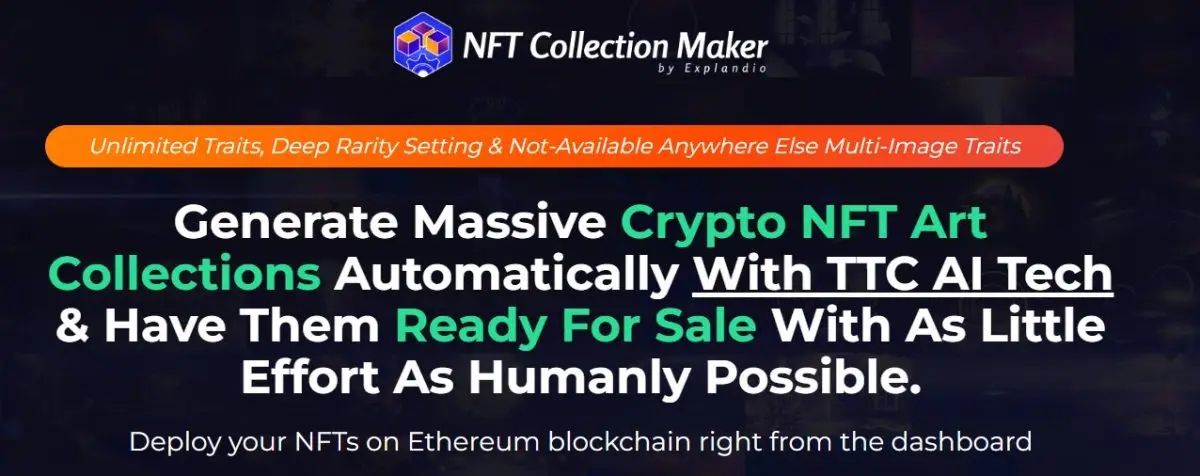How to Buy Cryptocurrency: A Comprehensive Guide for Beginners
Introduction
Cryptocurrency has transformed from a niche asset into a mainstream investment, capturing global interest. As more people want to know how to buy cryptocurrency, this guide will walk you through every step of the process. Whether you’re looking to diversify your portfolio, join the crypto revolution, or simply learn about this new financial frontier, understanding how to buy cryptocurrency is crucial. How to Buy Cryptocurrency: A Comprehensive Guide for Beginners
Why Buy Cryptocurrency?
Before diving into how to buy cryptocurrency, let’s explore why people are investing in it. Cryptocurrencies offer unique advantages over traditional financial systems and have proven to be a compelling investment for various reasons.
- Decentralization and Financial Freedom
Unlike traditional currencies, most cryptocurrencies are decentralized, offering financial independence from banks and governments. This decentralization empowers users to control their funds without third-party intervention, making it especially attractive for those in countries with unstable financial systems. - Potential for High Returns
Cryptocurrencies are known for their volatility, which can yield significant returns over time. Early adopters of Bitcoin, Ethereum, and other major coins have seen impressive gains, drawing in new investors looking for high-risk, high-reward opportunities. - Borderless Transactions and Accessibility
Cryptocurrencies facilitate fast, low-cost international transfers, allowing for transactions that are seamless and borderless. This accessibility makes it convenient for people worldwide to participate in the digital economy.
Steps on How to Buy Cryptocurrency
1. Choose a Reliable Cryptocurrency Exchange
To buy cryptocurrency, the first step is selecting a trustworthy exchange where you can buy, sell, and hold digital assets.
- Security Measures
A reputable exchange prioritizes security by using features like two-factor authentication, cold storage for funds, and strong encryption to protect users’ data and assets. Exchanges with robust security protocols are less vulnerable to hacks, making them safer for investors. - Fees and Transaction Costs
Each exchange has different fee structures, which may include trading fees, withdrawal fees, and deposit charges. Some platforms offer fee discounts for high-volume traders or for using specific payment methods, which can add up to significant savings. - Global Accessibility and Support for Fiat Currencies
If you’re investing internationally, choose an exchange that supports multiple fiat currencies and is available in your country. Some exchanges like Binance, Kraken, and Coinbase are widely accessible, making it easy for people around the globe to buy cryptocurrency.
2. Set Up a Secure Wallet for Cryptocurrency Storage
Understanding how to buy cryptocurrency also includes knowing how to store it. Cryptocurrency wallets are essential for safeguarding your assets.
- Types of Wallets: Hot vs. Cold Wallets
Hot wallets (online) are convenient for frequent trading but are more vulnerable to cyberattacks. Cold wallets (offline) are ideal for long-term storage, as they are not connected to the internet, making them safer against hacking attempts. - Private and Public Keys
Every wallet has a public and private key. The public key is like your bank account number, while the private key is your PIN. Never share your private key; doing so could allow others to access your funds. - Choosing a Reputable Wallet Provider
Opt for wallets from reputable providers, like Ledger, Trezor, or MetaMask, which have proven security records and reliable customer support. Look for features like multi-factor authentication, password recovery, and backup options.
3. Fund Your Account
Funding your account is an essential step in how to buy cryptocurrency. Different exchanges offer various funding options.
- Bank Transfers and Credit/Debit Cards
Most exchanges accept bank transfers, credit, and debit cards. While credit card purchases can be instant, they often come with higher fees. Bank transfers may take longer but are typically cheaper and suitable for large purchases. - Third-Party Payment Options
Some exchanges accept third-party payment options like PayPal or Apple Pay. These can be convenient, but they may have extra fees, depending on the platform’s policy. - International Payment Options
For international users, selecting exchanges with flexible funding options like SEPA, SWIFT, or alternative payment methods ensures smooth transactions across borders.
4. Place Your First Order to Buy Cryptocurrency
After funding, you’re ready to place an order to buy cryptocurrency. This process may vary slightly across exchanges but generally follows a similar pattern.
- Market Orders vs. Limit Orders
A market order buys the asset immediately at the current price, while a limit order allows you to set a specific price. Market orders are executed instantly but might not offer the best price, while limit orders give more control over price but may take longer to fulfill. - Choosing the Right Trading Pair
Trading pairs (e.g., BTC/USD, ETH/EUR) represent the currency you’re using to buy cryptocurrency. Choose pairs that align with your currency or desired asset for convenience and lower conversion fees. - Review Transaction Fees and Confirm
Always review transaction fees and the total cost before confirming. Fees can impact profitability, especially for smaller transactions, so ensure you’re aware of the costs involved.
Best Practices for Buying Cryptocurrency – How to Buy Cryptocurrency: A Comprehensive Guide for Beginners
1. Conduct Thorough Research
Knowing how to buy cryptocurrency also means understanding the fundamentals of each asset.
- Evaluate the Project’s Whitepaper
A whitepaper outlines the project’s purpose, technology, and goals. Assessing a coin’s whitepaper can provide insights into its long-term viability and potential for real-world adoption. - Examine Market Trends and Sentiment
Look at current market trends and community sentiment, which can affect the coin’s future performance. Social media, forums, and industry news can be valuable resources for gauging market sentiment.
2. Practice Risk Management
As a high-risk asset, cryptocurrency requires careful risk management.
- Diversification of Investments
Spread your investments across multiple assets to mitigate risk. Diversification allows you to capitalize on different coins’ strengths and reduces exposure to individual asset volatility. - Setting a Budget and Stick to It
Decide on a budget based on your financial capacity and risk tolerance. Avoid investing money that you cannot afford to lose, and set realistic goals for returns.
3. Stay Informed on Security Best Practices
Securing your investment is key to successful cryptocurrency trading.
- Enable Two-Factor Authentication (2FA)
Always activate 2FA on both your exchange and wallet accounts for an added layer of security. This step helps prevent unauthorized access to your funds. - Regularly Update Your Passwords
Use strong, unique passwords for your accounts, and change them periodically. Consider using a password manager for secure storage.
Frequently Asked Questions (FAQs)
1. What is the Safest Way to Buy Cryptocurrency?
The safest way to buy cryptocurrency involves using a reputable exchange, setting up a secure wallet, and enabling all security features like two-factor authentication. Cold wallets provide an extra layer of security for long-term storage.
2. Can I Buy Cryptocurrency with a Credit Card?
Yes, many exchanges allow credit card purchases. However, credit card fees are typically higher than other payment methods. Check with your card issuer for potential additional charges or restrictions on cryptocurrency transactions.
3. Do I Need a Wallet to Buy Cryptocurrency?
Some exchanges offer custodial wallets, but having your own wallet is advisable for long-term security and control. Non-custodial wallets give you full control over your private keys, making them more secure.




